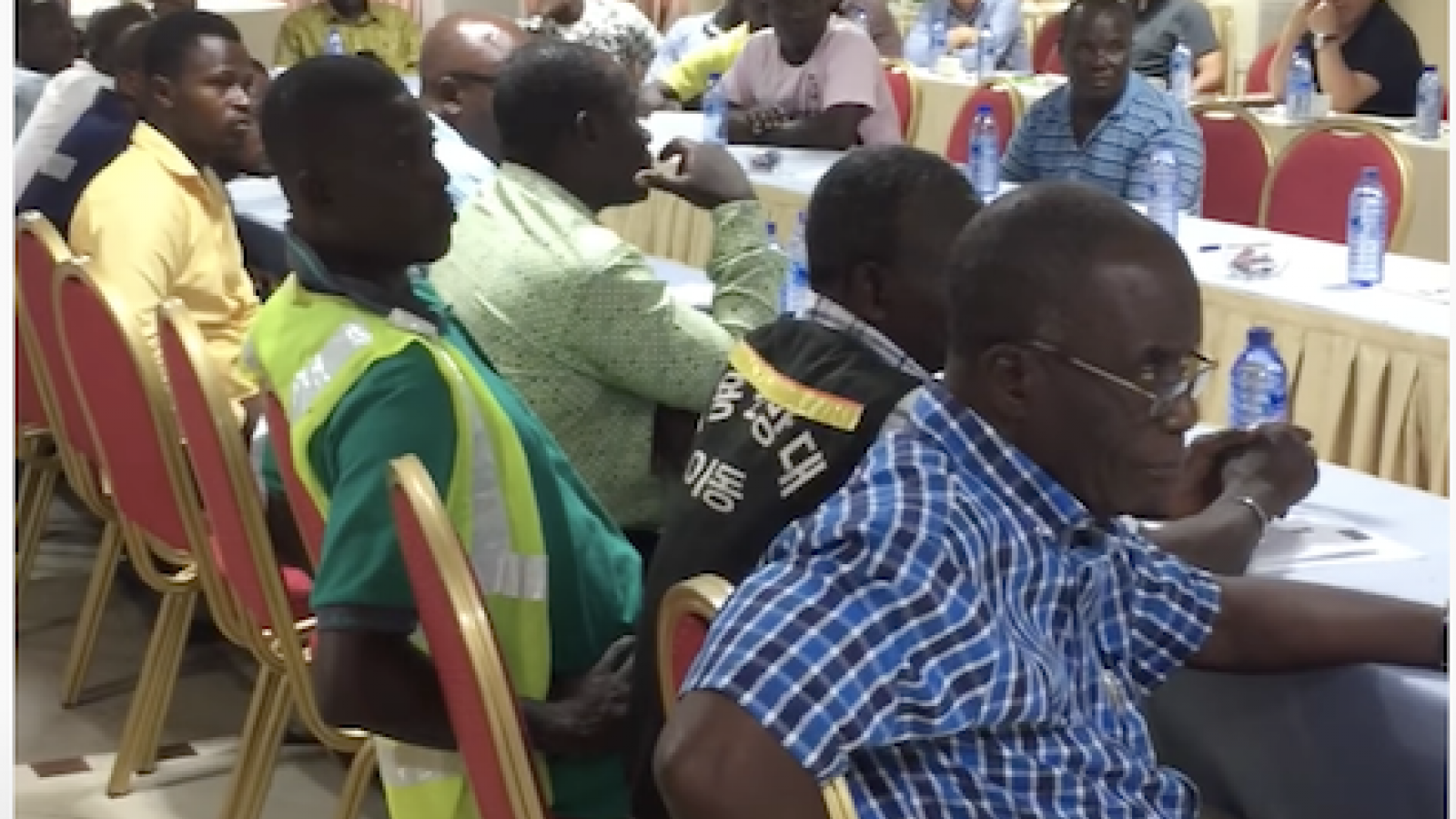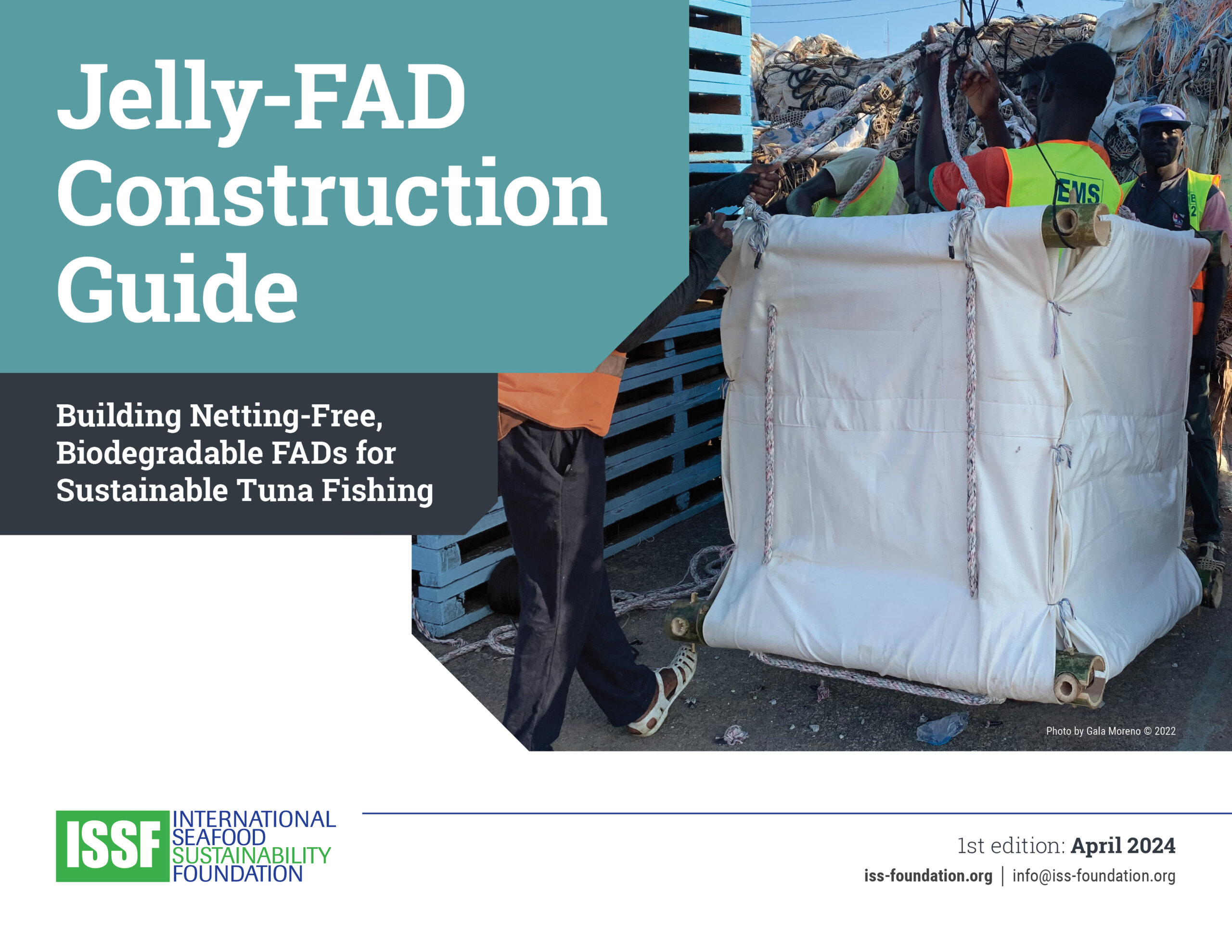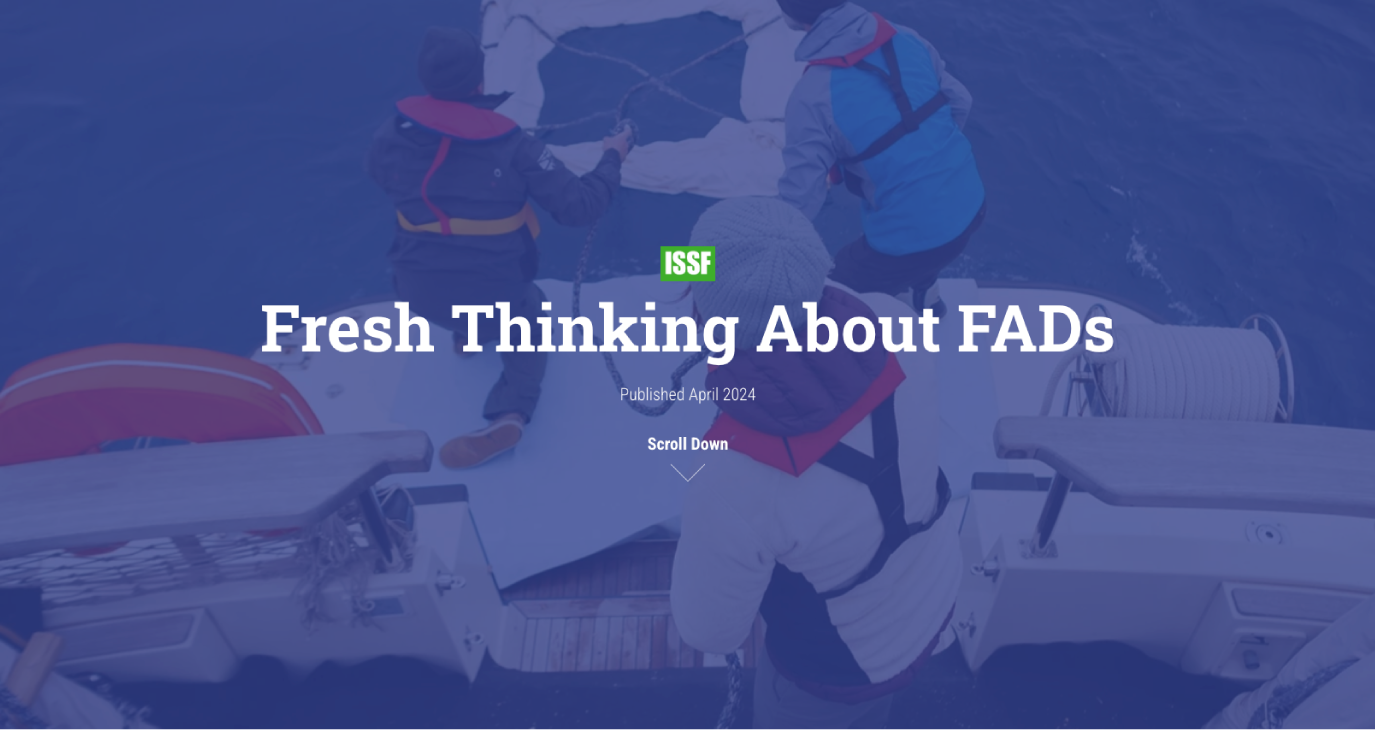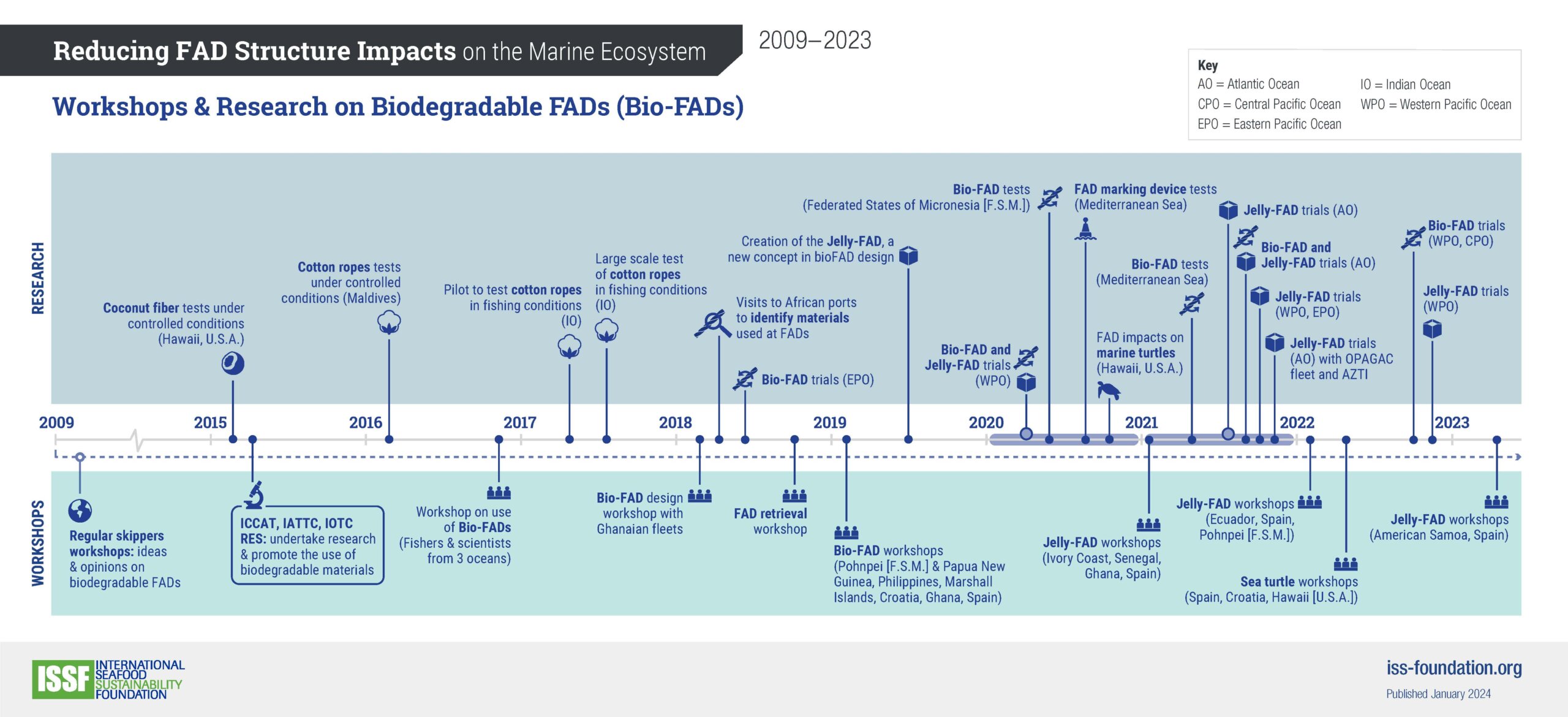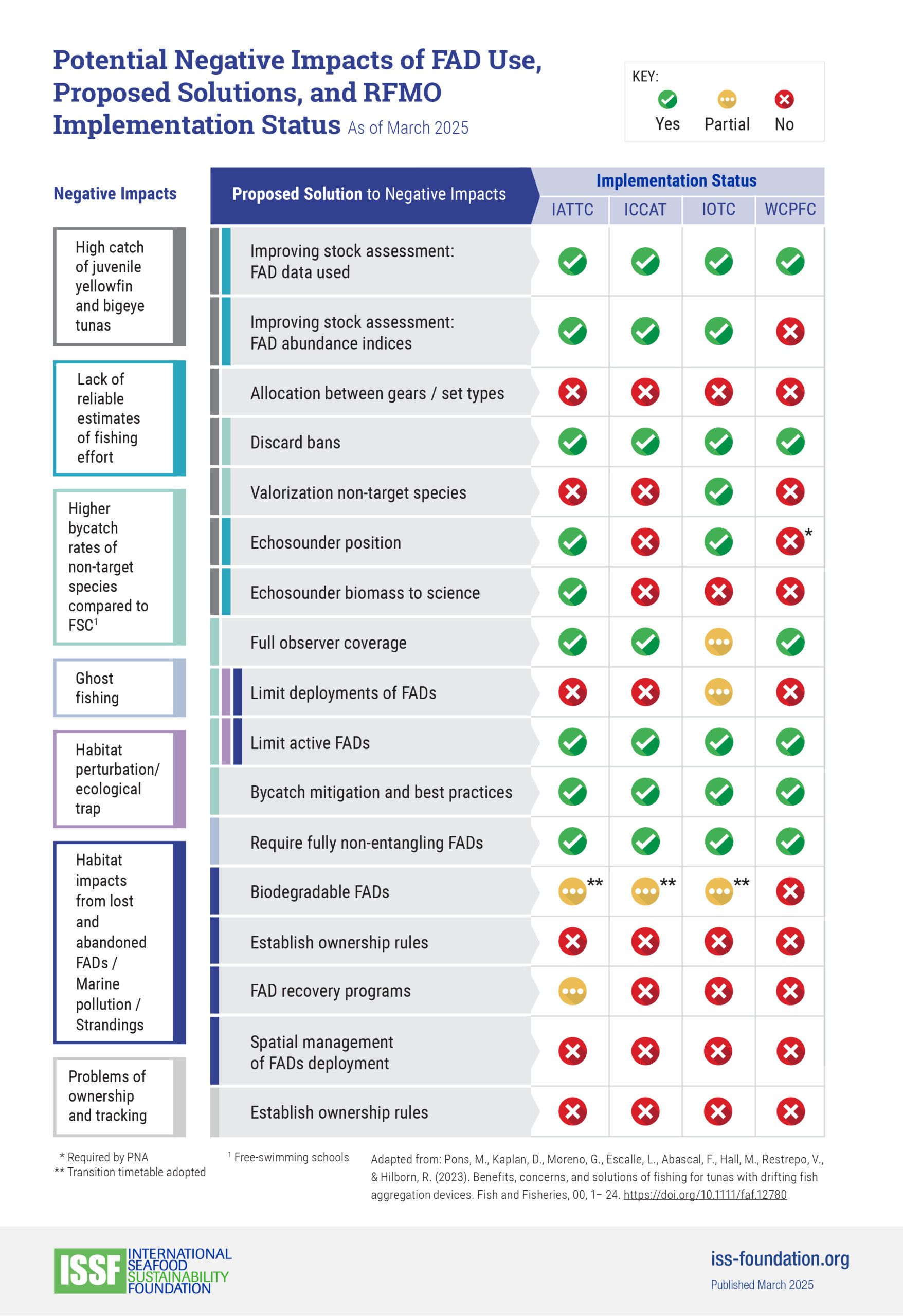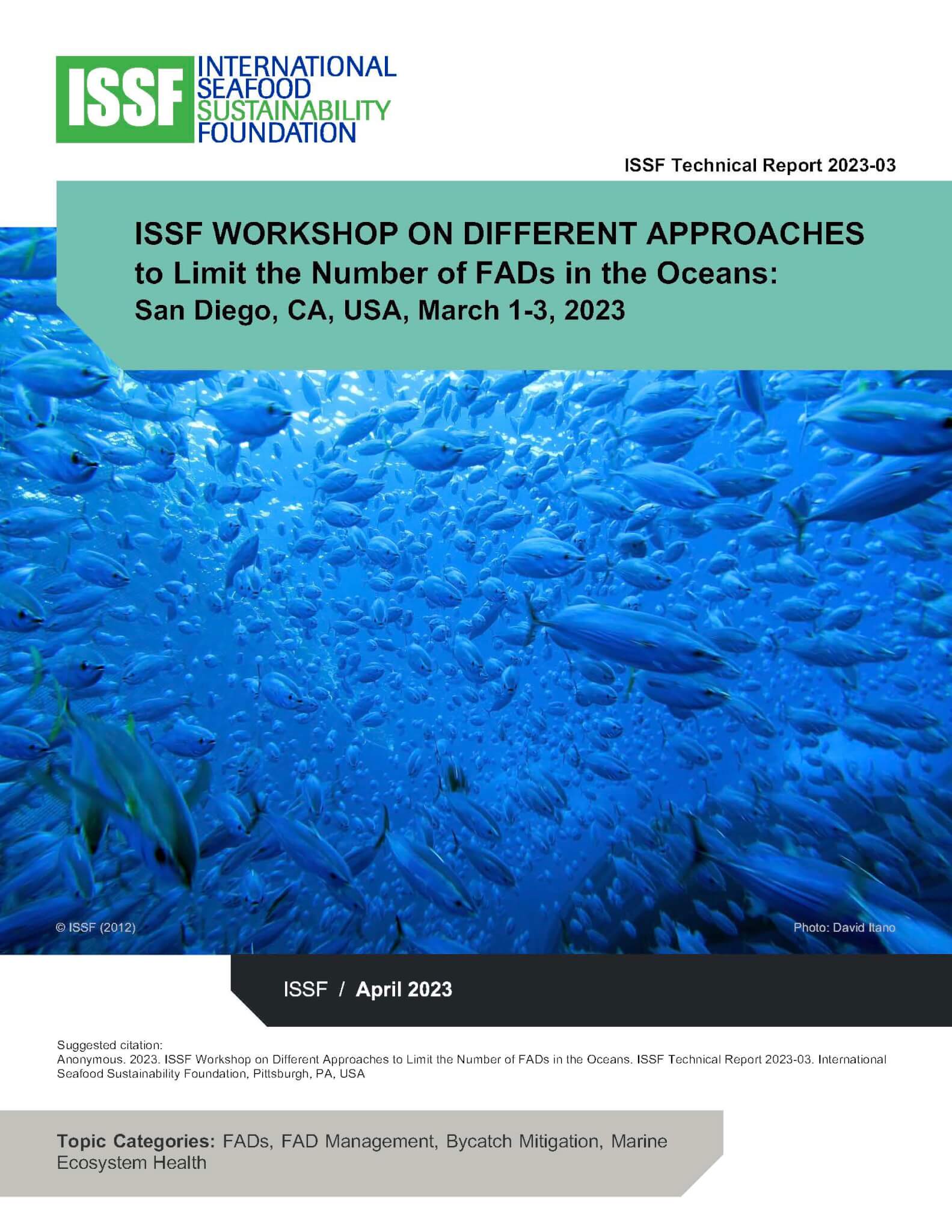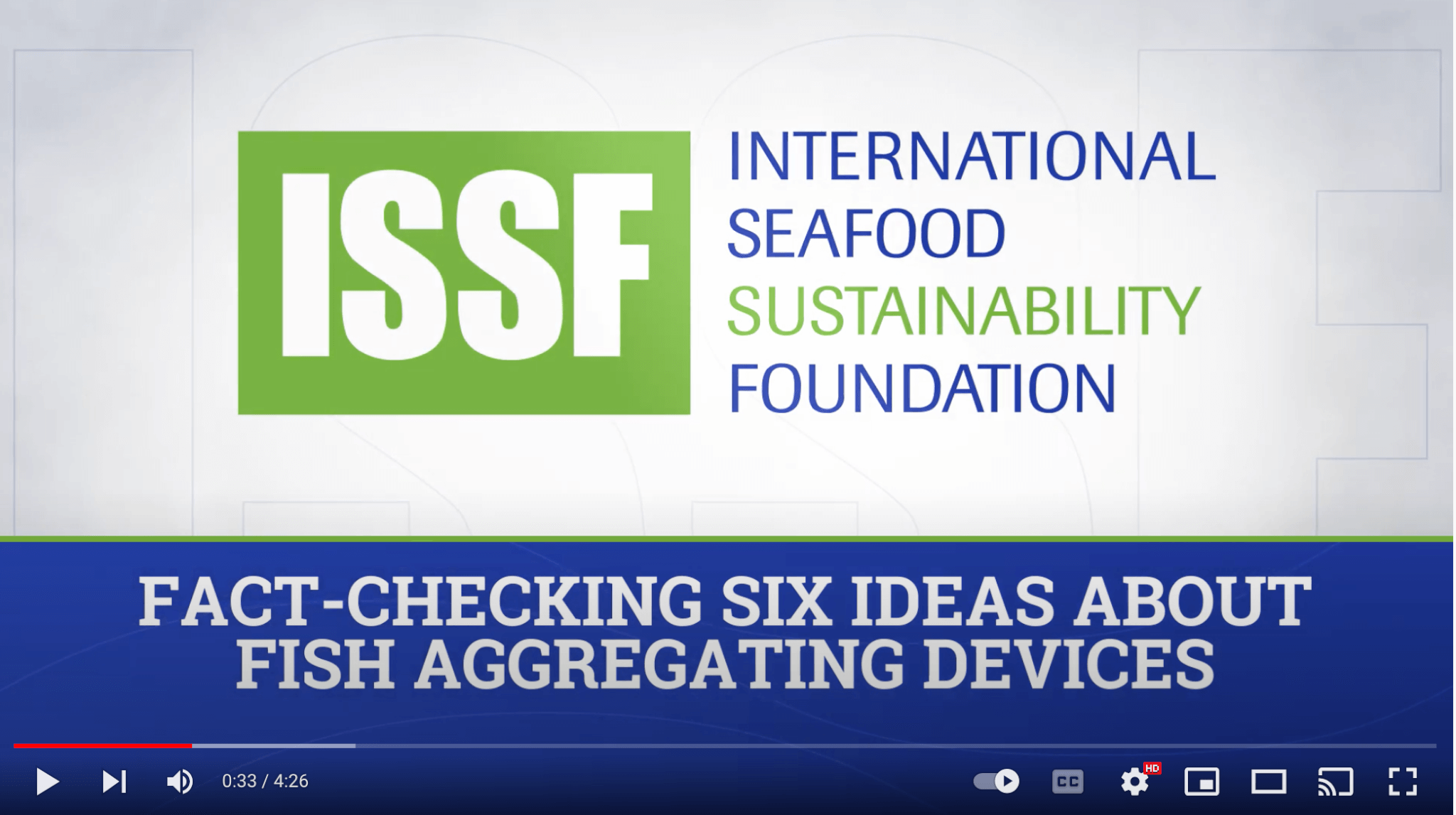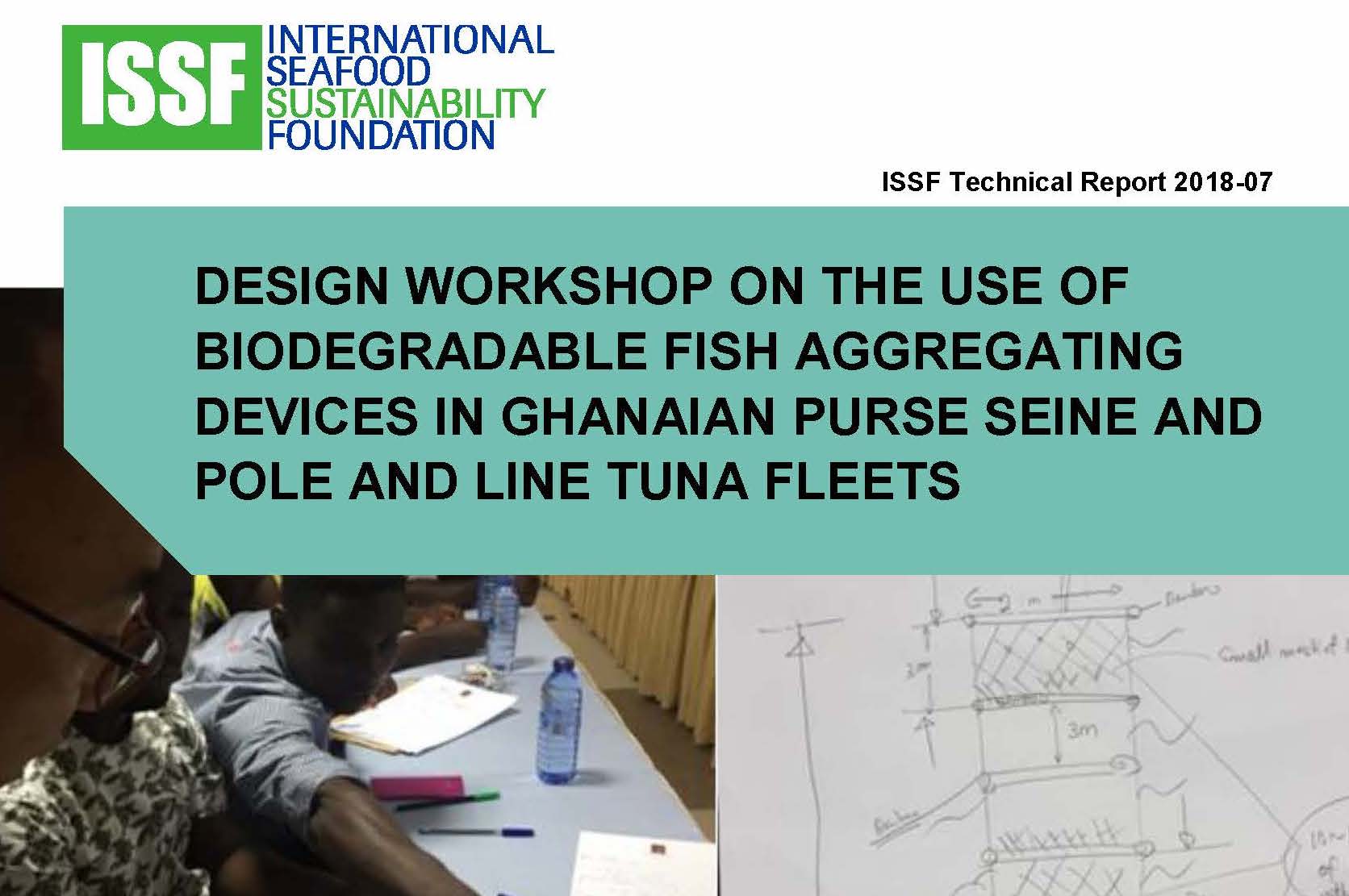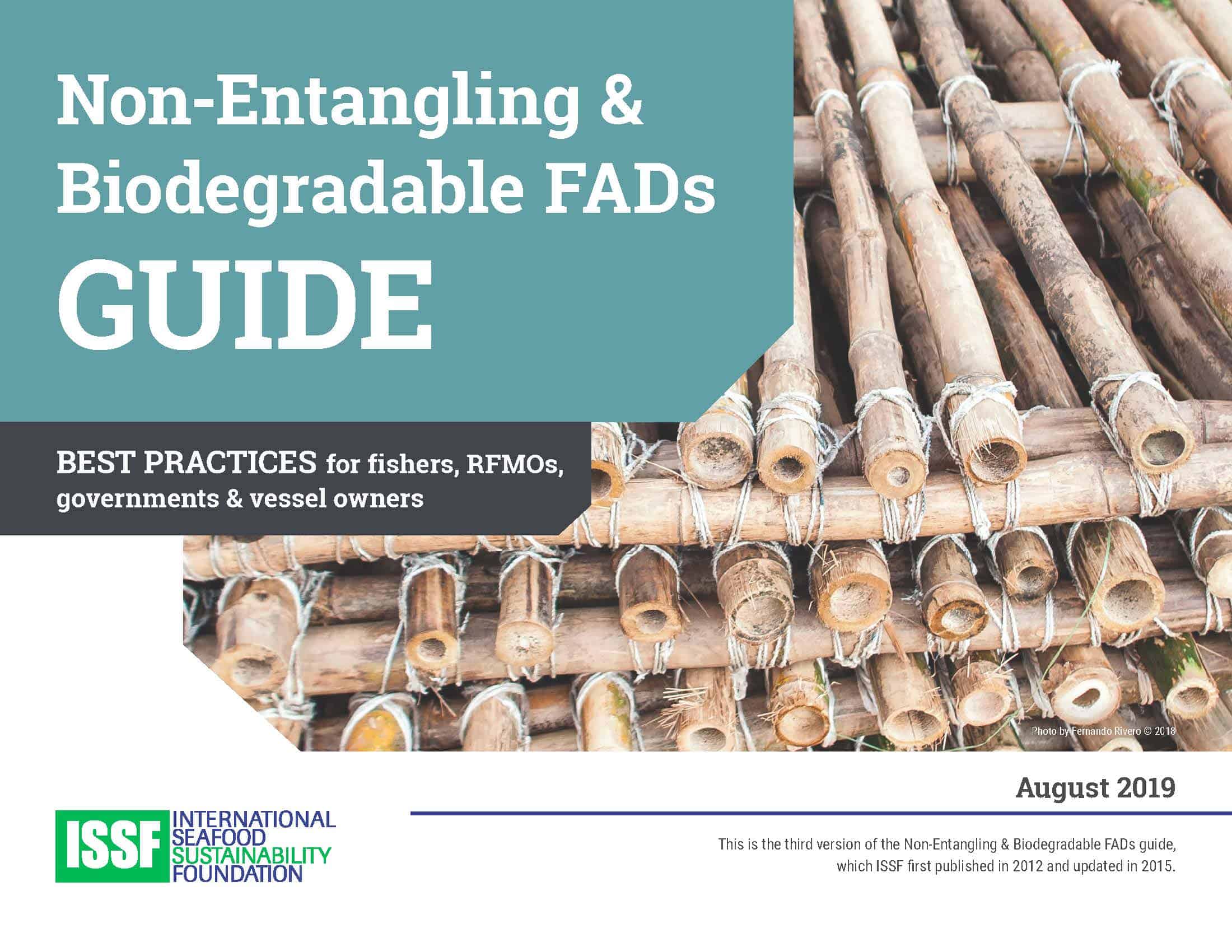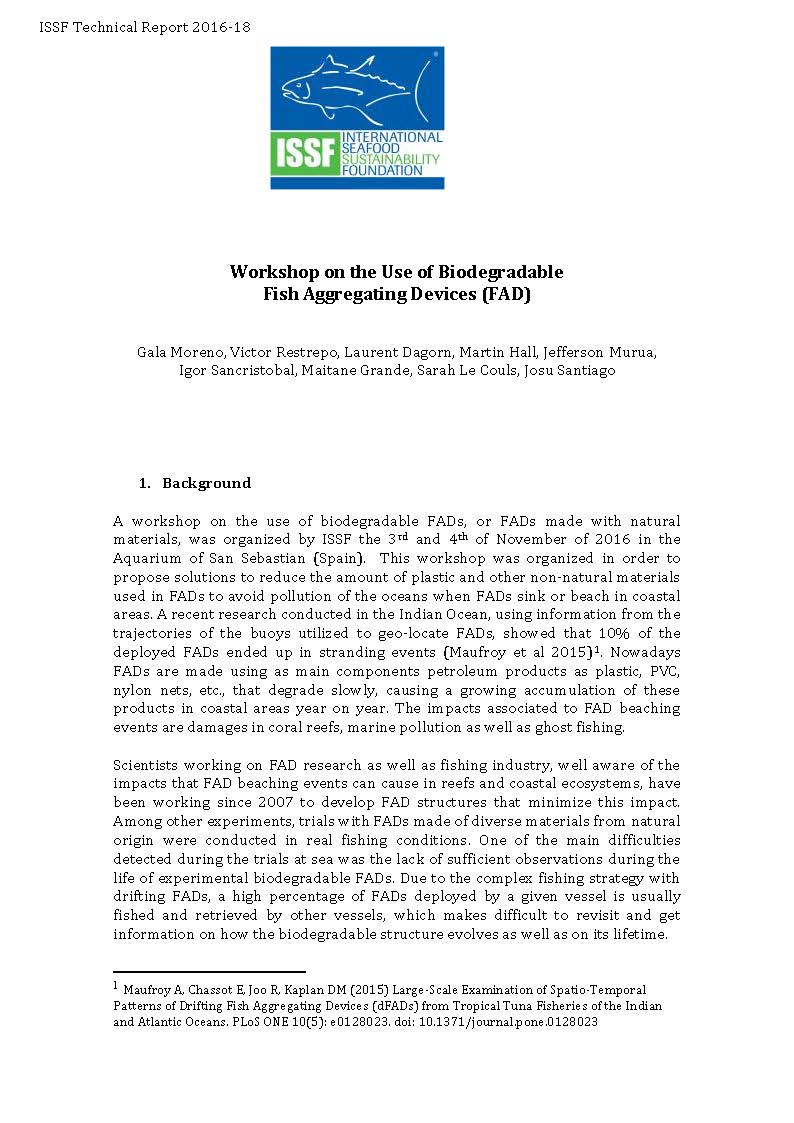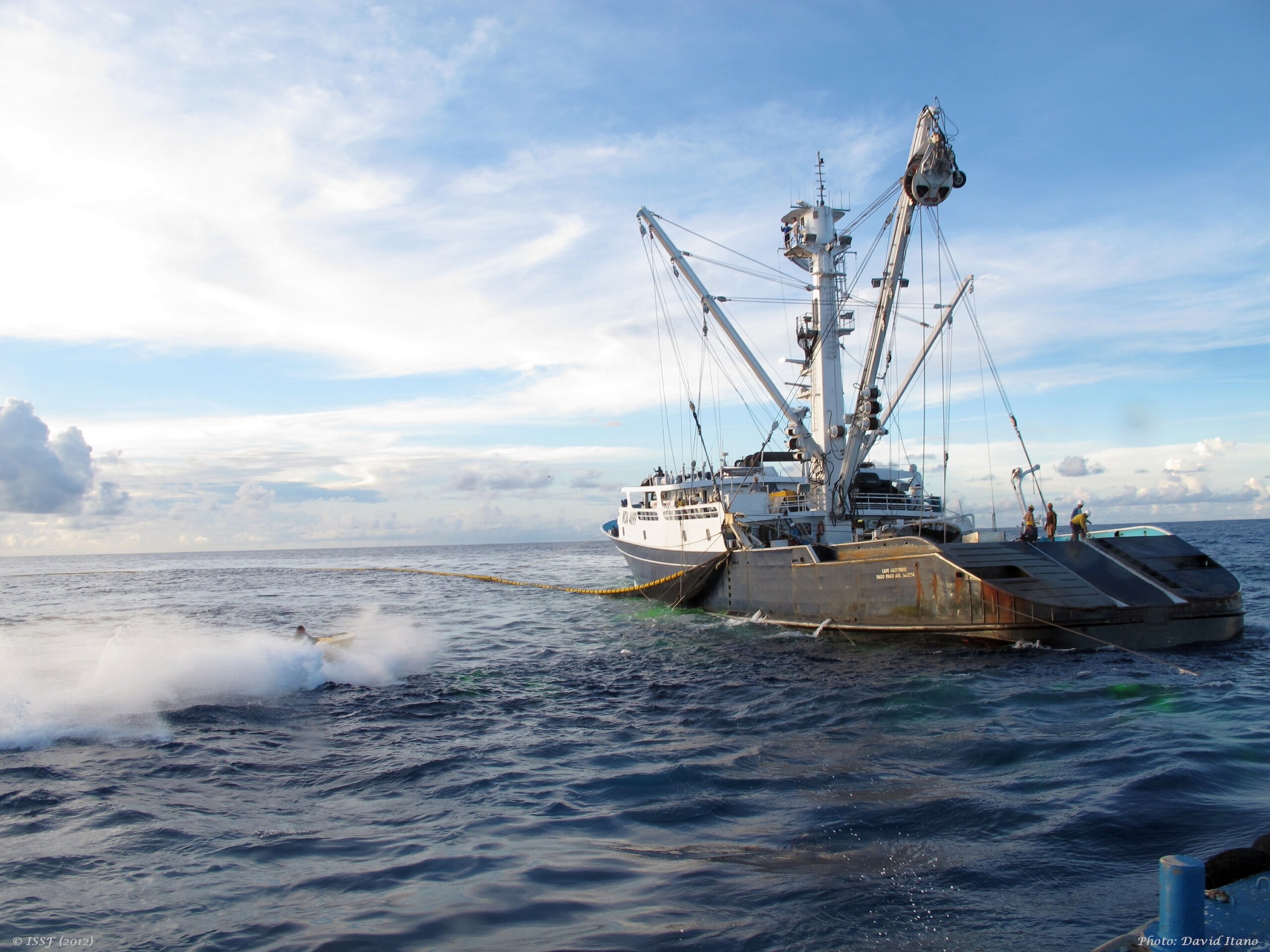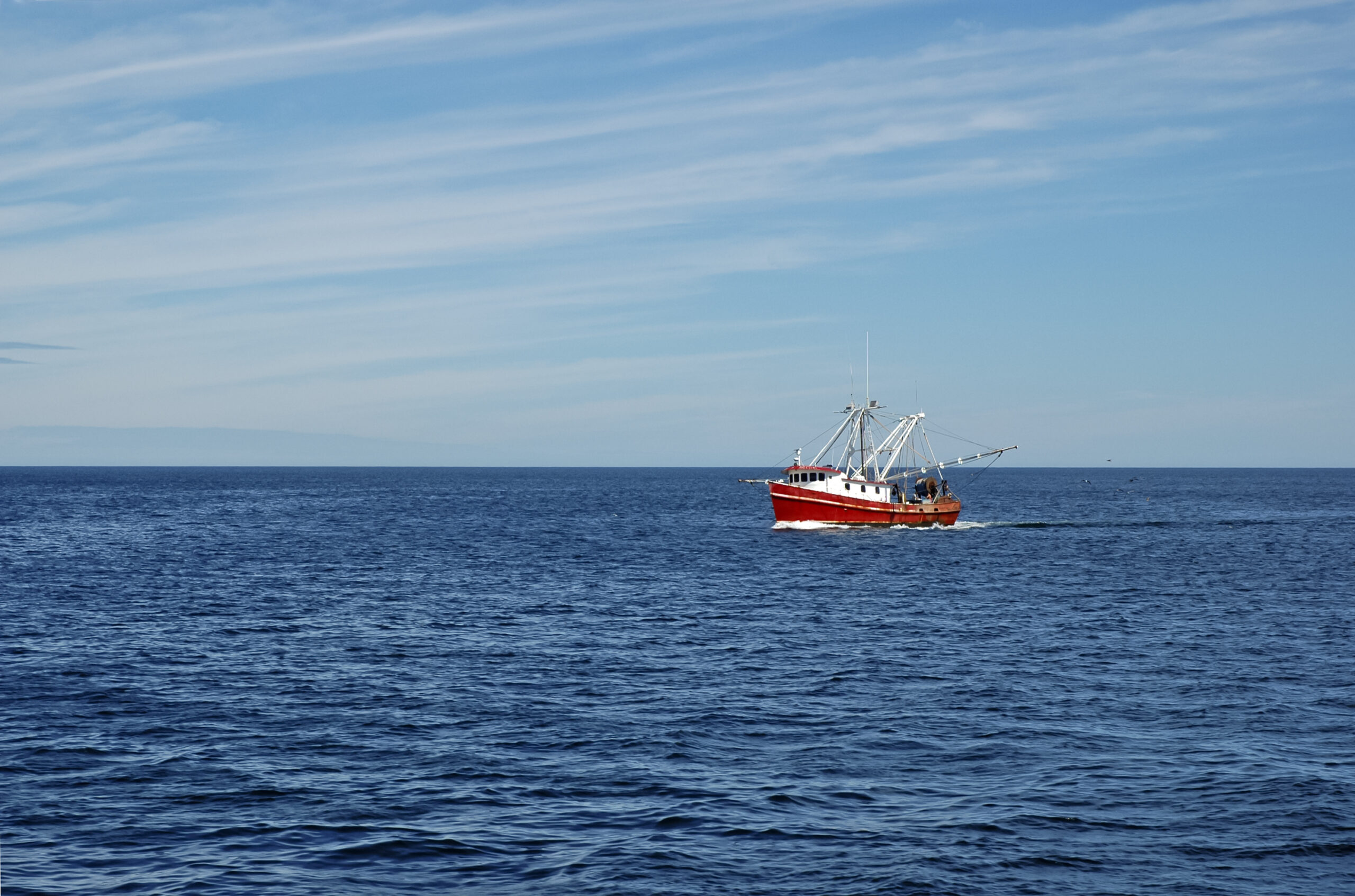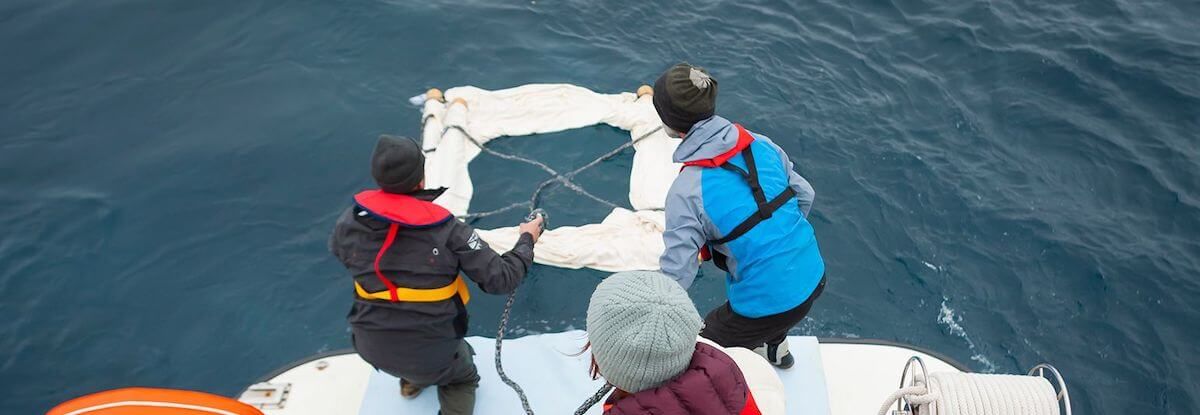
Biodegradable FADs
Biodegradable fish aggregating devices (bio-FADs) are made with natural materials like bamboo and cotton. In contrast, traditional FADs are constructed of plastic and other materials that can persist in and pollute the oceans.
We’re working with fishers, fellow scientists, and the seafood industry to find the best bio-FAD natural materials and non-entangling designs to meet fisher needs while protecting marine life. ISSF has partnered with FAO GEF Common Oceans Tuna Project and other organizations on bio-FAD research projects — including the jelly-FAD.
Defining “Biodegradable”
The term “biodegradable” is applied to a material or substance that is subject to a chemical process during which microorganisms in the environment convert materials into natural substances — such as water, carbon dioxide, and decomposed organic matter — that are non-toxic for the marine environment.
The time required for biodegradation of different materials varies.
OUR CONTRIBUTIONS
Fisher & RFMO Outreach
To promote universal adoption of non-entangling, bio-FADs in tuna fisheries, we engage with skippers, vessel owners, and other sustainable-fishing stakeholders.
Our outreach to fishers includes hands-on workshops at major ports with ISSF scientists, conceptualizing bio-FAD designs and discussing FAD management challenges and solutions. We have created videos highlighting some of these workshops and published reports about them. We also offer educational videos, guidebooks, posters, and other resources for skippers.
Through ISSF publications and events, we also share bio-FAD research findings and policy recommendations with RFMOs and other fisheries managers.
Bio-FAD Designs
ISSF has been testing various organic materials and designs for biodegradable FADs, which can help to reduce marine debris and beaching as well as ghost fishing.
We have researched biodegradable materials for FAD rafts and ropes, for example, that can meet fishers’ needs but are less harmful in the ocean than man-made materials.
With input from workshop participants, our scientists also have identified modifications to FAD structures and size that may further reduce their ecosystem impacts.
Physical oceanographers also collaborated with us on a new type of bio-FAD — the jelly-FAD. We believe the jelly-FAD design is the most sustainable FAD to date.
Bio-FAD Testing
New bio-FAD designs are scientifically tested and validated before they can be recommended to tuna fleets for adoption.
ISSF has conducted scientific trials of bio-FAD prototypes under controlled as well as real fishing conditions. We have deployed bio-FADs around the world — in cooperation with commercial fishing fleets and partner organizations — to evaluate the performance of different FAD structures and organic materials.
Fleets in three tropical oceans have tested bio-FAD designs and collecting data from these experiments for scientific analysis.
BIO-FAD WORKSHOP VIDEOS
RELATED RESOURCES
Jelly-FAD Construction Guide
We created an illustrated guide that gives tuna fishers step-by-step instructions for building jelly-FADs — a new model for non-entangling, biodegradable FADs.
Jelly FADs Video
Get an inside look at jelly-FAD research led by ISSF scientist Dr. Gala Moreno.
Peer-Reviewed Articles
See a list of peer-reviewed articles co-authored by our staff, Scientific Advisory Committee members, or other scientists whose projects were partially or fully funded by ISSF.


